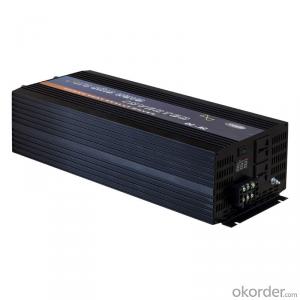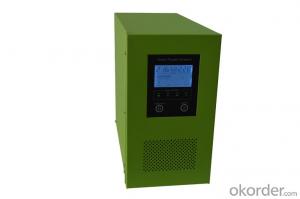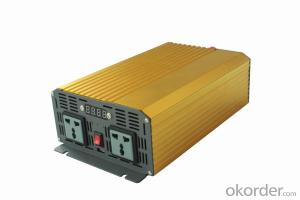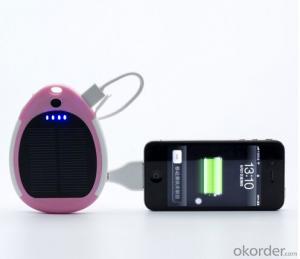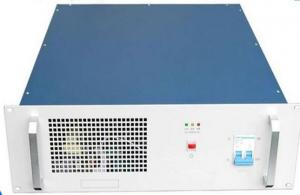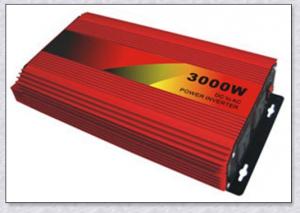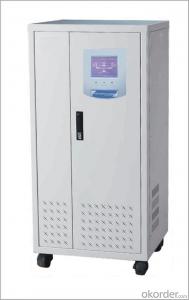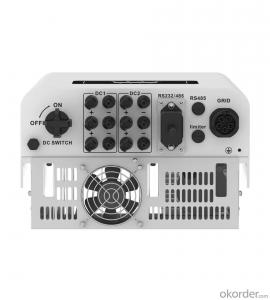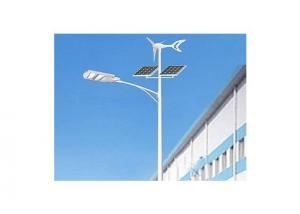3000 Watt Solar Inverter
3000 Watt Solar Inverter Related Searches
3000 Watt Solar Power Inverter Solar 3000 Watt Inverter Solar 3000 Watt Power Inverter 3000w Solar Inverter 3000w Solar Power Inverter Solar Inverter 3000w 3000w Inverter Solar Solar Power Inverter 3000 Watt Solar Power Inverter 3000w 3000 Watt Inverter Solar Panel Solar Hybrid Inverter 3000w 3500 Watt Solar Inverter Solar Inverter 3000w Price Solar Inverter 3500 Watt Rich Solar 3000 Watt Inverter Powland 3000w Solar Inverter 300kw Solar Inverter 300 Watt Solar Inverter 300 Watt Solar Power Inverter 3 Kilowatt Solar Inverter 3kw Solar Inverter 300w Solar Inverter 3kw Inverter Solar 4000 Watt Solar Inverter Solar Inverter 300w Solar Inverter 3 Kw 2000 Watt Solar Inverter 4000 Watt Inverter Solar Solar Inverter 300 Watt 10000 Watt Solar Inverter3000 Watt Solar Inverter Supplier & Manufacturer from China
The 3000 Watt Solar Inverter is a high-capacity device designed to convert the energy harnessed from solar panels into usable AC power for residential or commercial applications. This product is engineered to efficiently manage the power generated by solar panels, ensuring a reliable and stable energy supply. The 3000 Watt Solar Inverter is widely used in various settings, such as homes, businesses, and off-grid systems, where it plays a crucial role in optimizing solar energy utilization. It is particularly beneficial in areas with abundant sunlight, as it can significantly reduce electricity costs and contribute to a sustainable energy solution. Okorder.com is a reputable wholesale supplier of the 3000 Watt Solar Inverter, boasting a vast inventory that caters to the diverse needs of customers. By offering this product at competitive prices and ensuring prompt delivery, Okorder.com has established itself as a go-to source for those seeking reliable solar inverters.Hot Products




